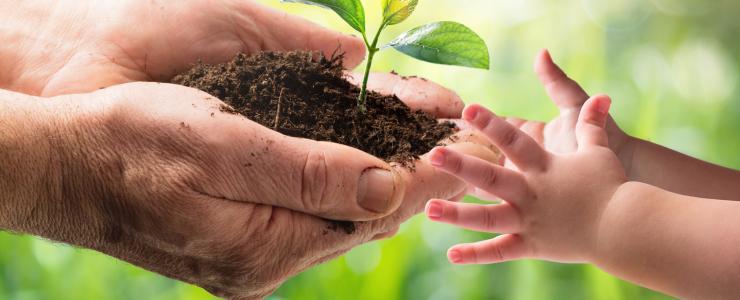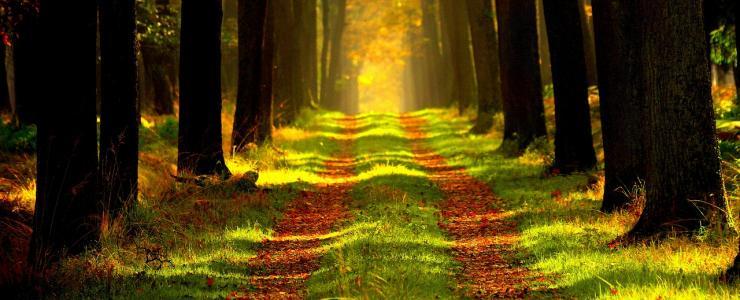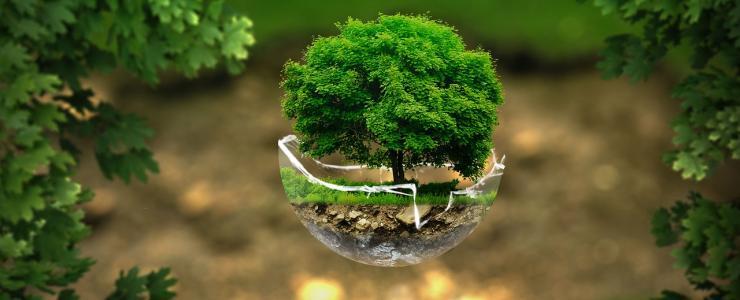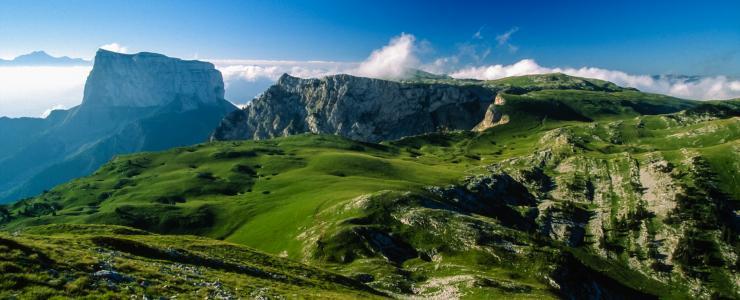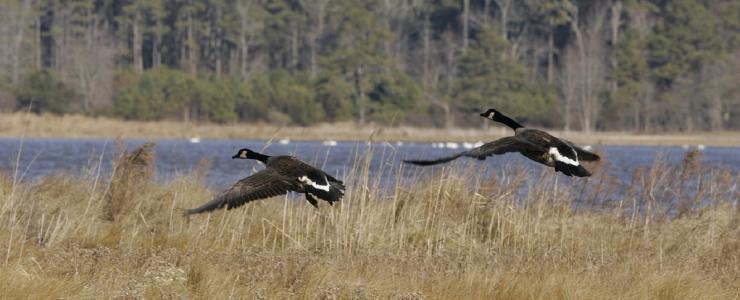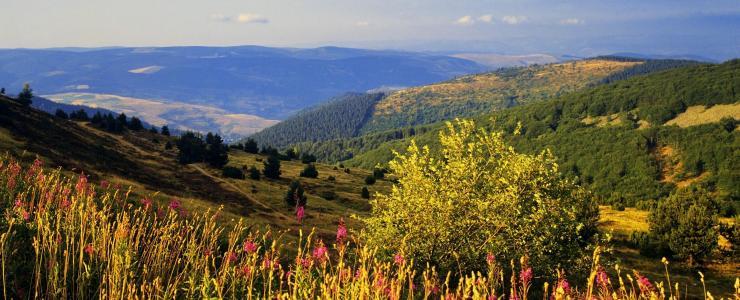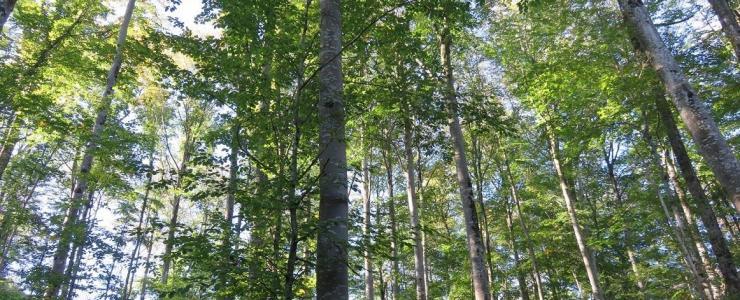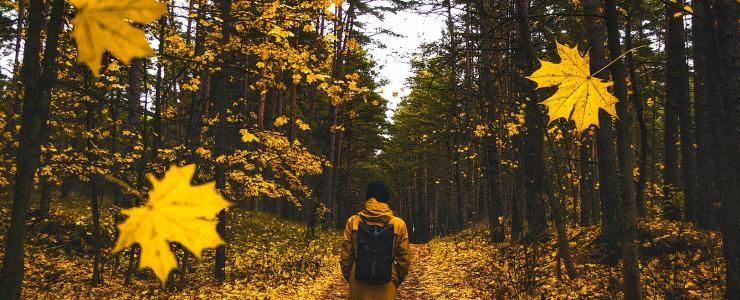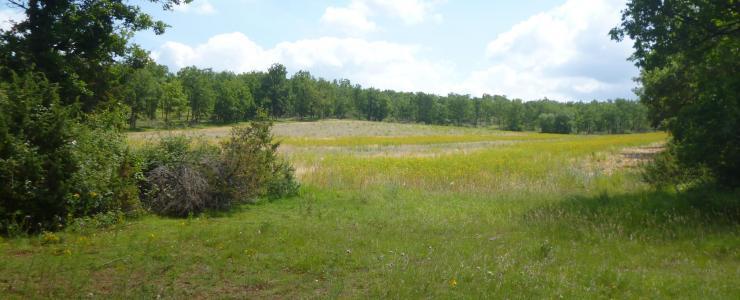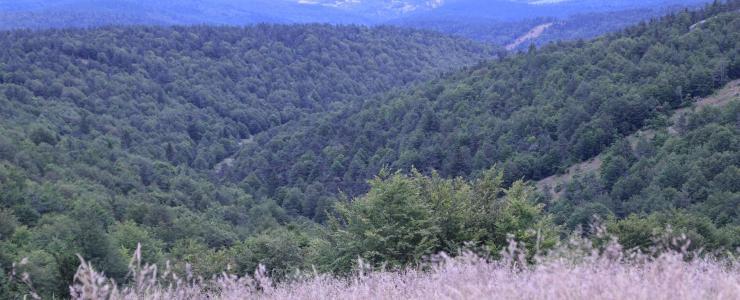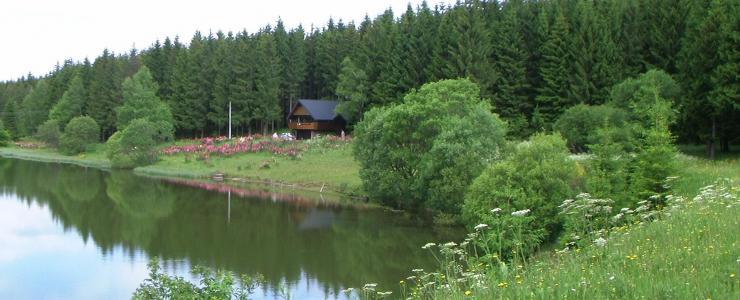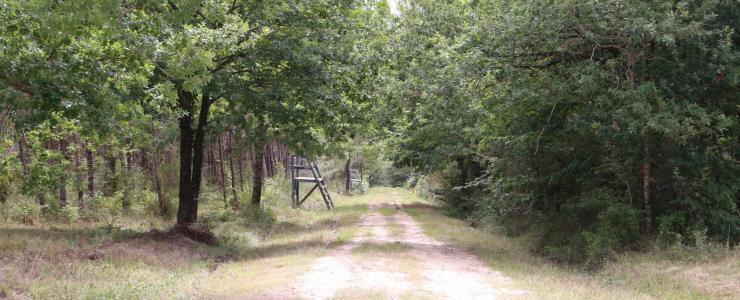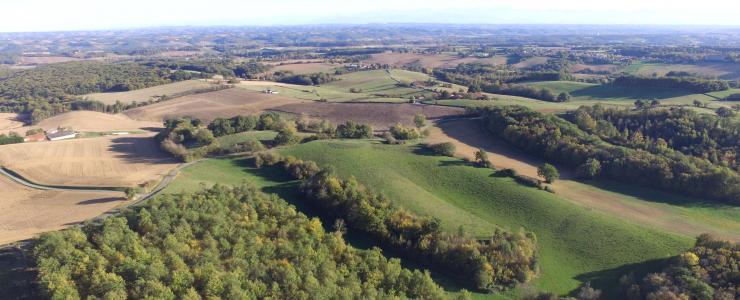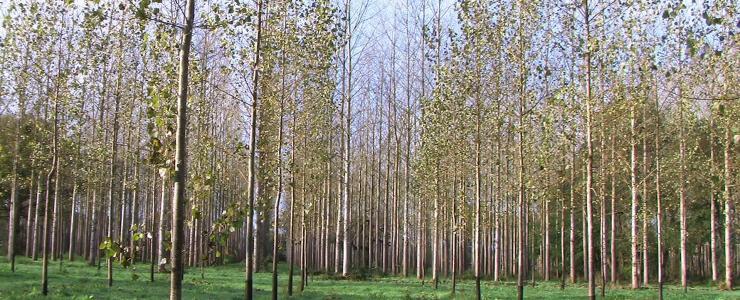Carbon
Our approaches to the forest and the environment are closely intertwined today. On a global scale, the forest covers 4 billion hectares, i.e. 30% of the world’s surface.
The forest contains more than half of the carbon accumulated by the Earth’s ecosystems. At the present time, the forest’s carbon balance remains positive across the globe because the forest sequesters large quantities of CO2. The forests thus serve as huge carbon sinks.
A positive balance for France
The reforestation policies rolled out over the past few decades have led to a real system of sustainable forestry management, based on a chain of professionals. Private forest owners are the target of ongoing awareness-raising initiatives and may benefit from tax breaks if they comply with public directives.
As is the case in the rest of the world, forests in France are managed sustainably and serve as a carbon sink. They sequester carbon in both the living and dead biomass, in decomposing organic matter and in soils.
The processes of photosynthesis, respiration, transpiration, decomposition and combustion uphold the natural CO2 cycle linking the forest and the atmosphere. A crucial cycle for the environment.
The dynamic functioning of the forest ecosystem thus helps recycle CO2. Hence, when the carbon stock increases, the flow from the atmosphere to the forest ecosystem is positive: we call this the carbon sink. When the process is reversed, we call it the carbon source.
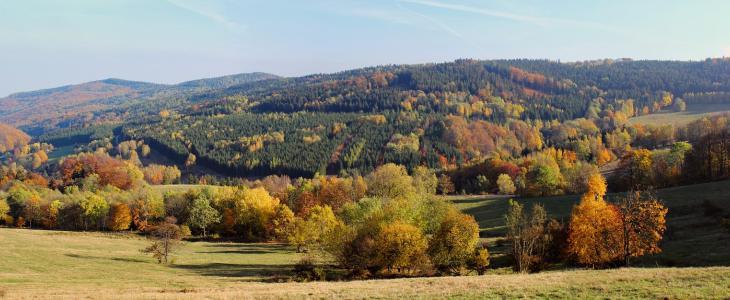
We hear a lot about the carbon sink: The fact that trees and forests sequester CO2 is vital for the atmosphere of our planet.
We also need to be aware that human activities affect stocks and exchanges to varying degrees. In sustainably managed temperate forests, afforestation and maintenance work means large quantities of carbon are accumulated. Carbon is currently the focus of international discussions on the greenhouse effect and global warming.
France is extremely concerned by environmental issues and fully intends to fulfil the international commitments set out in the Kyoto protocol and reaffirmed in the Paris COPÂ 21 agreements of 2015, which aim to reduce greenhouse gas emissions to mitigate climate change.
In France, we are lucky in that we achieve a good carbon sequestration rate.
Because our forests are densely wooded and because there is a good percentage of old forests in the country, we have the capacity to store even more CO2.
There are, however, some regional disparities. The northeast is able to store more carbon than the Mediterranean, for example. Everything is dependent on climate, species, soil type and management practices.
In France, forestry activities are covered in two articles of the Kyoto protocol: Article 3.3 on deforestation and afforestation and Article 3.4 on forest management
COP 21 press pack on agriculture and the forest: http://agriculture.gouv.fr/sites/minagri/files/151130_dp_cop21_maaf-bd.pdf

